Designing Sticky Features
Master the techniques to create irresistible product features that keep users coming back for more.
Designing for stickiness is an art form that blends intuition with data-driven insights. It's about crafting experiences so seamless and rewarding that users can't help but return. From social media apps that have us scrolling for hours to productivity tools we can't imagine working without, sticky features are everywhere. But what makes a feature truly sticky? How do successful products keep users hooked? The answers lie in understanding human behavior, leveraging the power of habits, and creating a perfect balance of challenge and reward. By mastering the principles of sticky design, product creators can build experiences that don't just satisfy users — they captivate them.
Feature stickiness refers to the quality of a product or service that keeps users coming back regularly. Sticky features create habits, fulfill ongoing needs, or provide continuous value that users find hard to give up. These features often leverage psychological principles such as the need for completion, social validation, or fear of missing out (FOMO) to encourage repeated use.
Duolingo shows this perfectly with its streak counter, which tracks how many days in a row users practice. By showing users their daily progress with checkmarks and a growing streak number, the app motivates them to come back every day to keep their streak alive. This turns daily practice from a "should do" into a "must do.”
Understanding what makes features sticky is crucial for reducing churn, as users are less likely to abandon a product that has become an integral part of their routine or workflow.[1]
Pro Tip: Analyze your most engaged users' behavior to identify which features they use most frequently. These are likely your stickiest features.
To identify core sticky features, consider the following methods:
- User behavior analysis: Examine usage patterns to see which features are used most frequently and for the longest durations.
- Retention impact: Analyze which features correlate most strongly with long-term user retention.
- User feedback: Gather qualitative data through surveys and interviews to understand which features users value most.
- Engagement metrics: Look at feature-specific engagement rates and how they contribute to overall product stickiness.
- Competitive analysis: Study successful competitors to identify common sticky features in your industry.
- Jobs-to-be-done framework: Understand the core jobs users are hiring your product to do, and which features fulfill these jobs most effectively.[2]
Tinder demonstrates powerful feature stickiness through its simple but addictive swiping mechanism. By turning the complex process of dating selection into an intuitive gesture that feels natural and game-like, the app creates an engaging interaction that users want to repeat again and again.
Pro Tip: Use a combination of quantitative data (usage statistics, retention rates) and qualitative insights (user interviews, surveys) to get a comprehensive view of your core sticky features.
The Hook Model, developed by Nir Eyal, provides a framework for building habit-forming products through four key stages that create features users naturally integrate into their routines.
- Trigger prompts user action through external means like notifications and app icons, or internal motivators like emotions and desires.
- Action is the simplest behavior done expecting a reward. This step should be effortless and immediate, like pulling to refresh a feed or tapping a like button. The simpler the action, the more likely users are to perform it.
- Variable reward keeps users engaged by varying the timing or content of rewards.
- Investment involves users contributing to improve their future experience. When users invest time or effort, like creating Pinterest boards, they're more likely to return.[3]
Pro Tip: When analyzing successful products, try to identify how they implement each stage of the Hook Model.
Implementing the first 2 stages of the Hook Model involves designing effective triggers and simplifying actions. Let's explore these stages in more detail:
Trigger is the actuator of behavior. There are 2 types:
- External triggers: Design clear calls-to-action in users' environment (e.g., push notifications, email reminders).
- Internal triggers: Associate your product with existing habits or emotions (e.g., boredom, desire for social connection).
Key considerations of an action stage:
- Simplify the desired action as much as possible. Use clear design, minimize steps, and reduce cognitive load.
- Consider Fogg's Behavior Model: Ensure users have sufficient motivation and ability to perform the action.
HelloFresh effectively uses push notifications as external triggers by sending timely reminders about recipe selection deadlines. The
Pro Tip: When designing triggers, consider the context in which users will encounter them. Timing and relevance are crucial for effectiveness.
The final 2 stages of the Hook Model focus on rewarding users and encouraging investment:
- A variable reward — the payoff for the action, with an element of variability to create anticipation.
- Investment — what users put into the product, increasing the likelihood of return.
The key considerations at the investment stage are:
- Encourage users to invest time, data, effort, social capital, or money into your product.
- Ensure this investment improves the product experience over time (e.g., more accurate recommendations, expanded network).
Google Maps expertly combines multiple reward types in its Local Guide program: users earn points and badges at unpredictable rates for their contributions, while helping others (rewards of the tribe) and unlocking new status levels that recognize their expertise in different areas like reviewing or photography.
Gamification applies game-design elements to non-game contexts, enhancing feature stickiness by tapping into users' desires for achievement, status, and rewards. Key elements include points systems, leaderboards,
Among these elements, progress tracking often proves most effective for sustained engagement. While points and badges can lose their appeal over time, and leaderboards might discourage users who aren't highly competitive, progress bars tap into users' intrinsic motivation. By visualizing meaningful advancement toward personal goals, they create a sense of purpose and accomplishment that maintains engagement over the long term.[4]
MyFitnessPal effectively uses progress tracking through its macro nutrition circles, showing clear visual progress toward daily goals while maintaining specific numbers for precision.
Pro Tip: When implementing gamification, always ensure it enhances rather than distracts from the core user experience.
Personalization creates sticky features by tailoring user experiences to individual preferences and behaviors. To implement effective personalization:
- Collect relevant data: Gather user
interactions , preferences, and behavior patterns. - Segment users: Group users based on common characteristics or behaviors.
- Create personalized content: Develop recommendations,
notifications , or interfaces for each segment. - Use machine learning: Implement algorithms to continuously refine personalization.
- A/B test: Experiment with different personalization strategies to optimize effectiveness.
For example, Spotify's Discover Weekly playlist analyzes listening history to create personalized music recommendations.
Feedback loops are essential for creating sticky features by providing users with information about their actions and progress, encouraging continued engagement. Well-designed feedback loops can create a sense of momentum, satisfaction, and motivation that keeps users coming back. These loops can be positive (reinforcing desired behaviors) or negative (discouraging undesired behaviors), and can operate on different timescales – from immediate responses to long-term progress tracking.
For example, Duolingo uses immediate feedback loops to confirm correct answers and explain mistakes, coupled with longer-term loops that show overall language proficiency improvement. Similarly, fitness trackers provide instant feedback on steps taken or calories burned, while also showing progress towards larger fitness goals over time. The key to effective feedback loops is making them timely, relevant, and actionable, ensuring users always have a clear sense of their status and what to do next.
Pro Tip: Celebrate micro-achievements. Provide positive feedback for small actions to build momentum and encourage continued engagement.
Variable rewards are a powerful tool for creating sticky features by tapping into the brain's dopamine system and creating a sense of anticipation and excitement. Unlike fixed rewards, variable rewards are unpredictable, which can make them more engaging and addictive. There are 3 types of variable rewards:
- Rewards of the tribe give unpredictable social validation. Examples include Instagram's likes appearing at random times or Twitter's retweets and mentions.
- Rewards of the hunt offer unexpected material or informational gains. Examples include Spotify's Discover Weekly with new music recommendations or e-commerce apps' flash sales and limited-time deals.
- Rewards of the self provide personal gratification through mastery or completion. Examples include Headspace's unexpected achievement
badges or Apple Watch's random movement encouragements.[6]
Pro Tip: Mix predictable and variable rewards. Use consistent rewards for core actions, and surprise bonuses to maintain excitement and anticipation.
Measuring and optimizing feature stickiness is crucial for ongoing product improvement and
For example, a social media app might track the frequency of posts, likes, and shares to measure the stickiness of its core features. A productivity app could measure the number of tasks completed or projects updated to assess user engagement. By analyzing these metrics over time and across user segments, product teams can identify opportunities for improvement and experiment with changes to enhance stickiness. A/B testing different feature variations, personalization strategies, or reward systems can provide valuable insights for optimization. The goal is to continuously refine features to better meet users' needs and encourage habitual usage.[7]
References
- Hooked: How to Build Habit-Forming Products | Nir and Far
- The Hooked Model: How to Manufacture Desire in 4 Steps | Nir and Far
- Hooked: How to Build Habit-Forming Products | Nir and Far
Top contributors
Topics
From Course
Images provided by
Share
Similar lessons

Text & Media as Layers

Why Gamify?

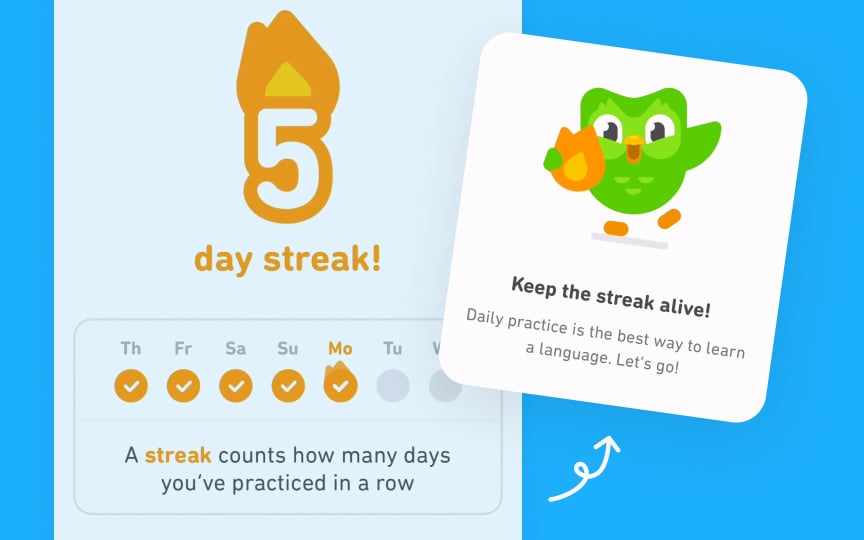
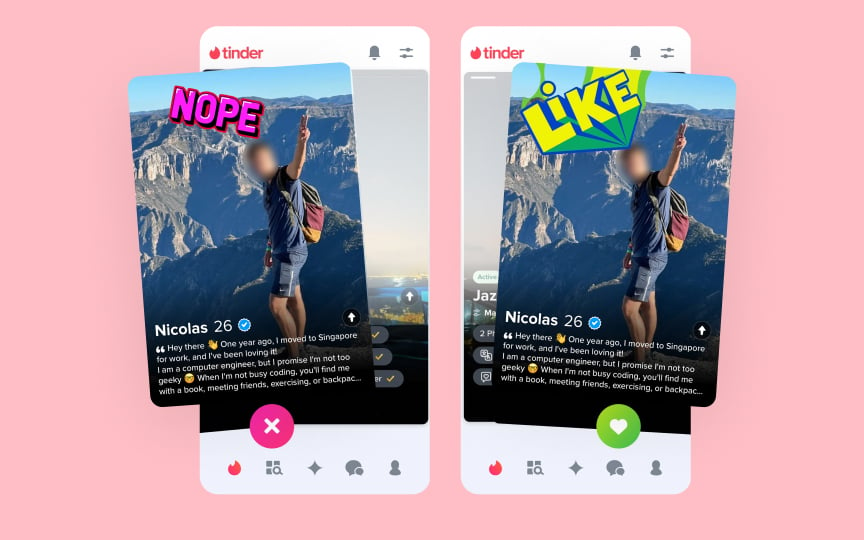
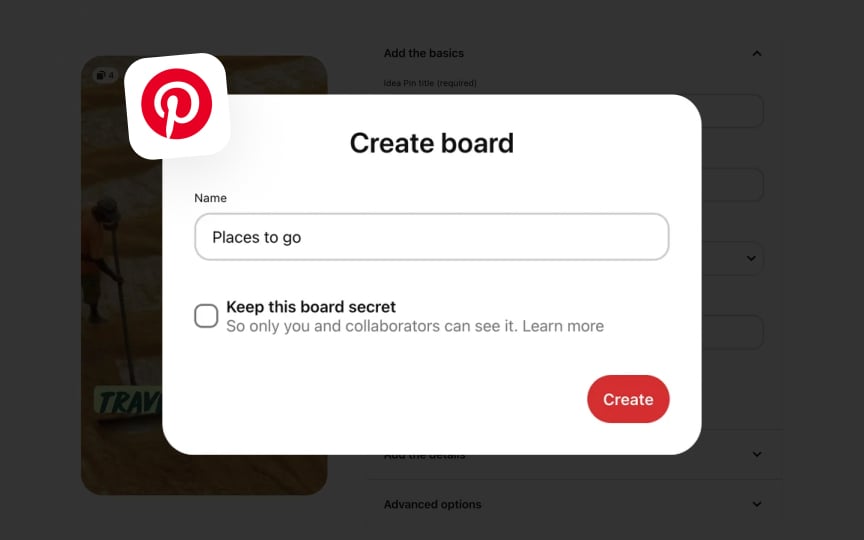
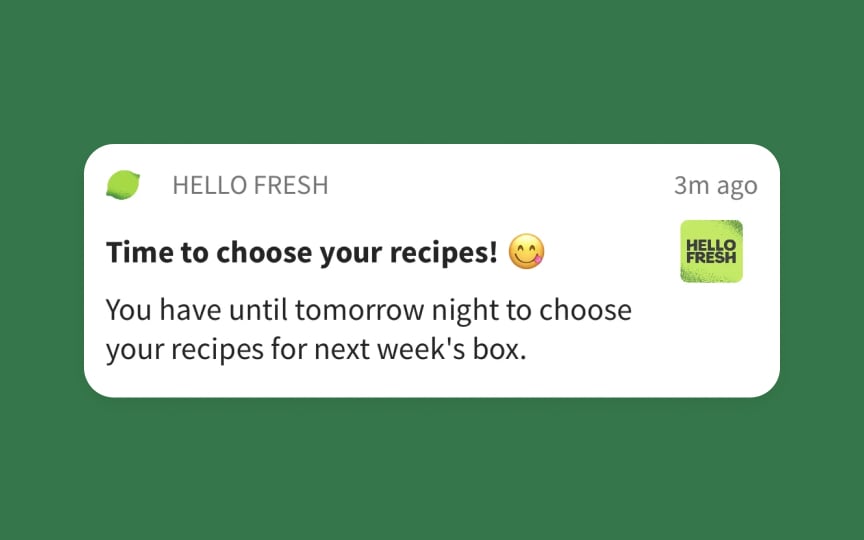
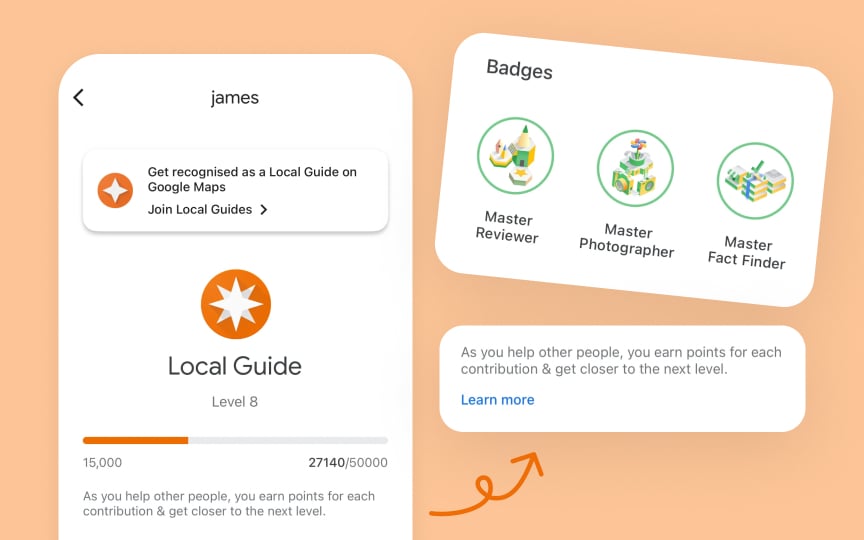
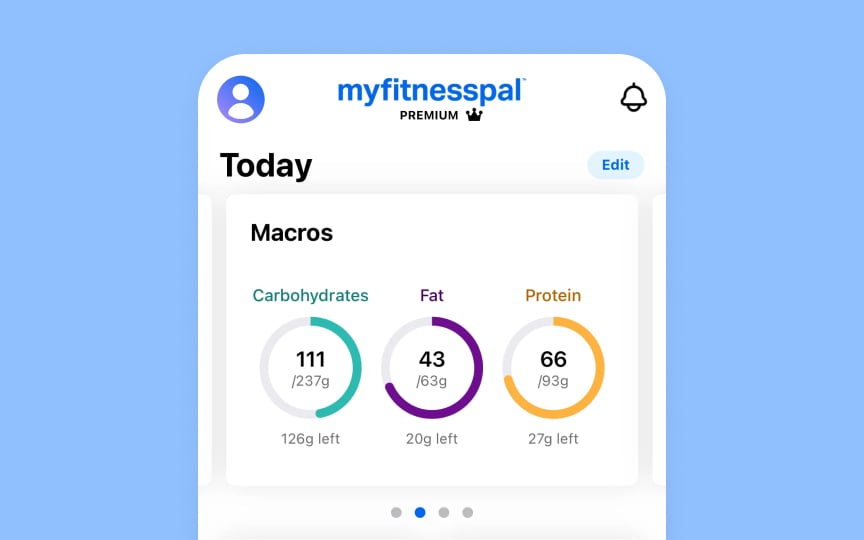
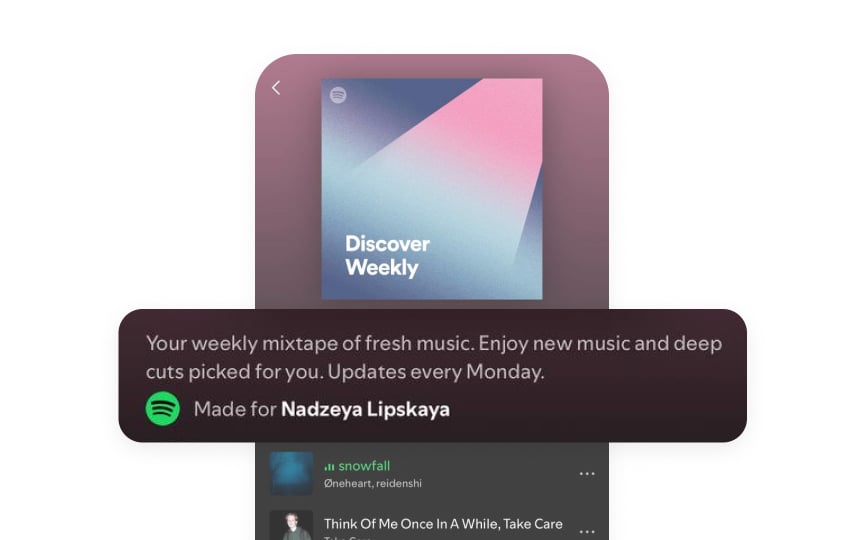
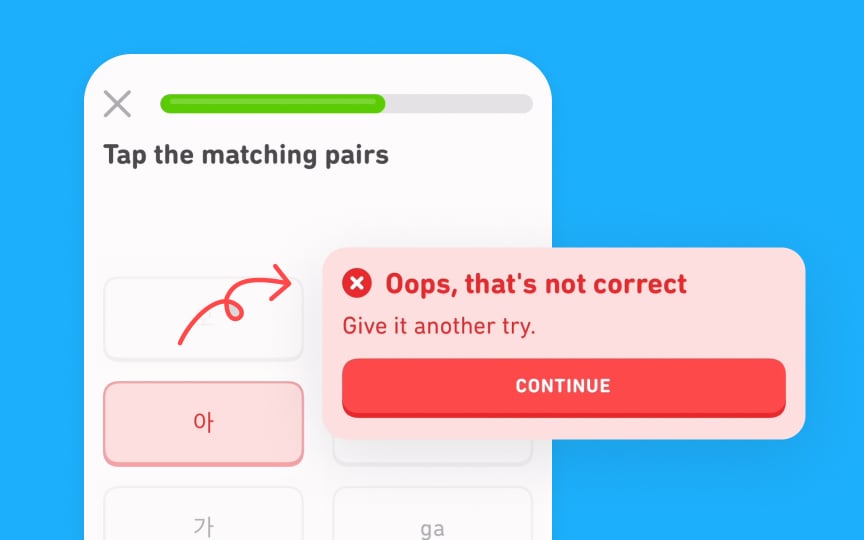





















Social integration for enhanced stickiness
Social integration can significantly enhance feature stickiness by leveraging users' natural desire for connection andinteraction . Here are key strategies for effective social integration: